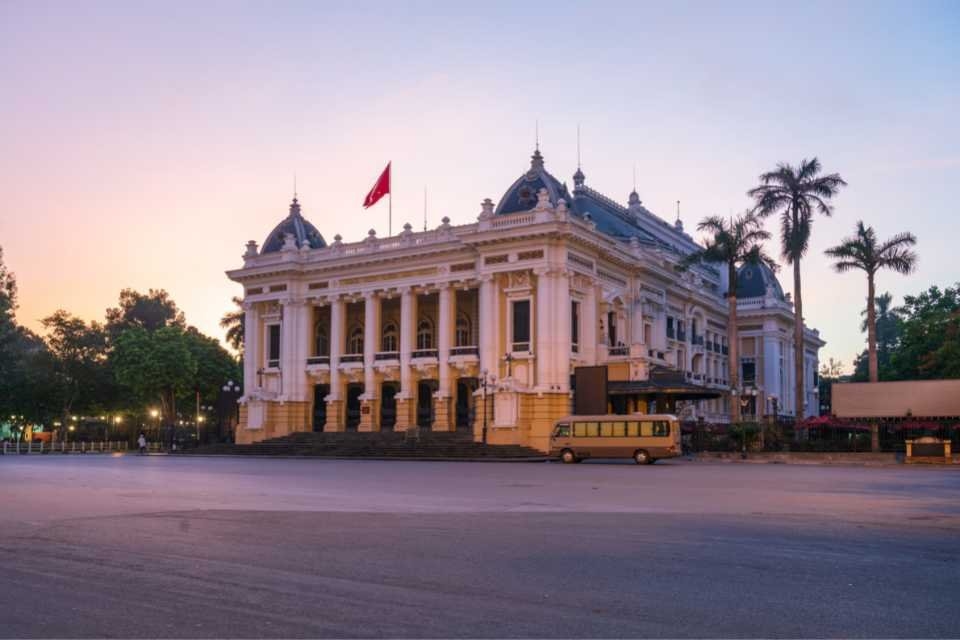Exploring the French Colonial Architecture in Hanoi
Hanoi, the capital city of Vietnam, is a vibrant blend of history, culture, and modernity. One of the most captivating aspects of this city is its French colonial architecture, which stands as a testament to its historical past. These architectural gems are not just relics of a bygone era but are integral to the city’s identity, offering a unique glimpse into the fusion of French and Vietnamese cultures. For those interested in architecture, history, or simply the beauty of urban landscapes, exploring these structures is a must.
Historical Context and Significance
The French colonial period in Vietnam began in the mid-19th century and lasted until the mid-20th century. During this time, the French left a significant mark on Hanoi’s urban landscape. The architecture from this era is characterized by its elegant facades, grand boulevards, and intricate details, reflecting the French influence while incorporating local elements. These buildings were designed to serve various purposes, including administrative, residential, and religious functions, and they continue to be used today, often repurposed for modern needs.
The significance of these structures goes beyond their aesthetic appeal. They represent a period of cultural exchange and adaptation, where Vietnamese artisans and builders incorporated traditional motifs and techniques into the French designs. This blend of styles has resulted in a unique architectural heritage that is distinct to Hanoi. For visitors, these buildings offer a tangible connection to the city’s colonial past and a deeper understanding of its historical evolution.
Key Architectural Highlights
When exploring Hanoi’s French colonial architecture, there are several key sites that should not be missed. The Hanoi Opera House is perhaps the most iconic, modeled after the Palais Garnier in Paris. Its grand facade and opulent interiors make it a stunning example of French colonial design. Nearby, the St. Joseph’s Cathedral, with its neo-Gothic style, offers another glimpse into the architectural diversity of the period. Its towering spires and stained glass windows are reminiscent of European cathedrals, yet it remains a vital part of the local community.
The Presidential Palace, originally built as the residence for the French Governor-General, is another highlight. Its bright yellow facade and lush gardens are a striking contrast to the surrounding urban environment. Today, it serves as a symbol of Vietnam’s political history and is used for official state functions. Additionally, the Long Bien Bridge, designed by Gustave Eiffel, is a testament to the engineering prowess of the era and remains a vital transportation link in the city.
Tips for Exploring
To fully appreciate Hanoi’s French colonial architecture, it’s best to explore on foot or by bicycle. This allows you to take in the details of each building and the surrounding streetscapes at your own pace. Many of these sites are located in the Hoan Kiem District, making it convenient to visit several in a single day. Consider joining a guided walking tour to gain insights into the historical and cultural context of each site.
When visiting these architectural landmarks, be respectful of their current use. Some buildings, like the St. Joseph’s Cathedral, are active places of worship, so it’s important to dress modestly and be mindful of ongoing services. Photography is generally allowed, but it’s always best to check for any restrictions, especially inside religious or government buildings.
Finally, take the time to enjoy the surrounding areas. Many of these sites are located near cafes, parks, and markets, offering a chance to experience the local culture and cuisine. Savor a cup of Vietnamese coffee or try a traditional dish at a nearby eatery to round out your exploration of Hanoi’s French colonial heritage.
